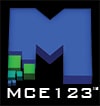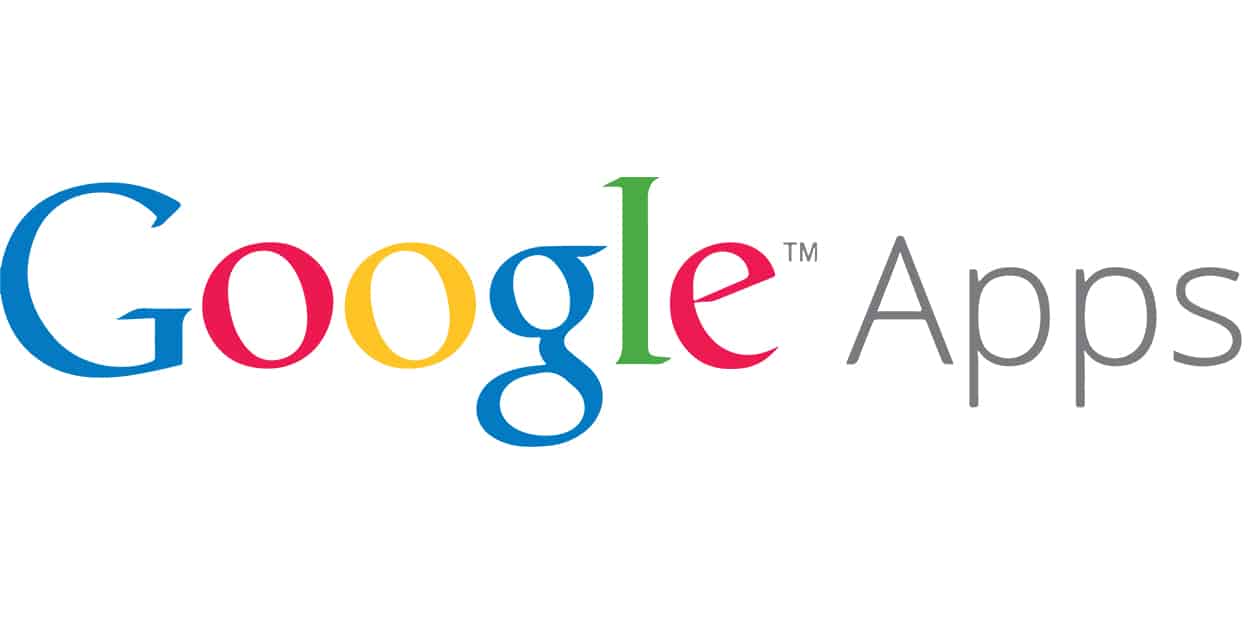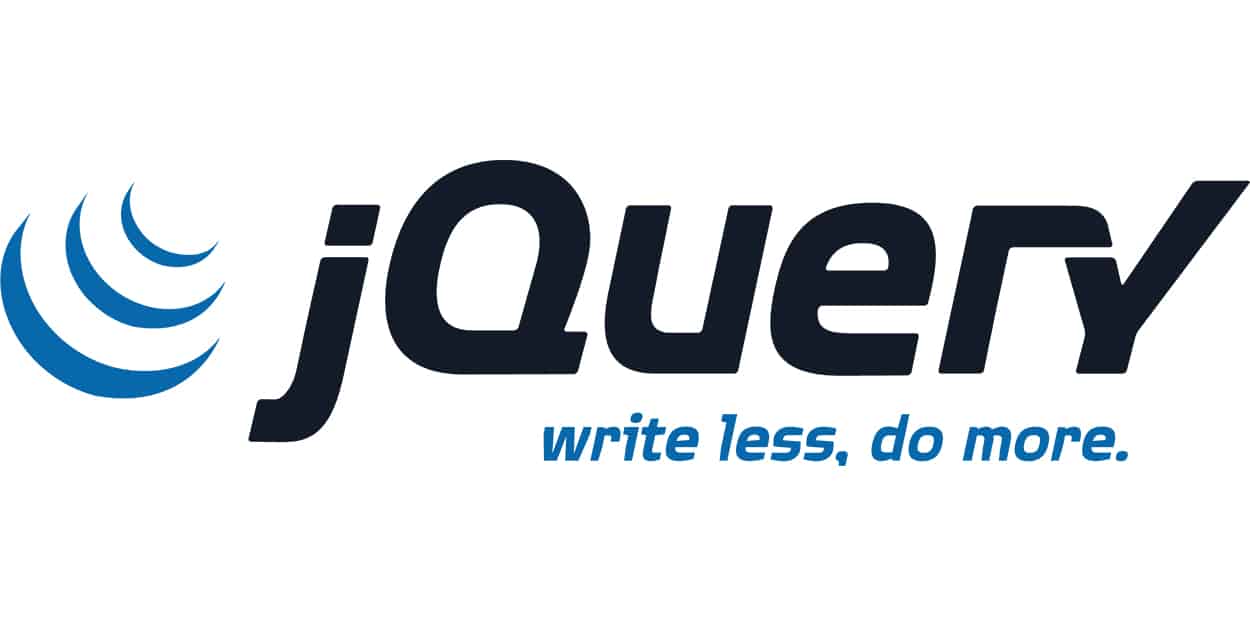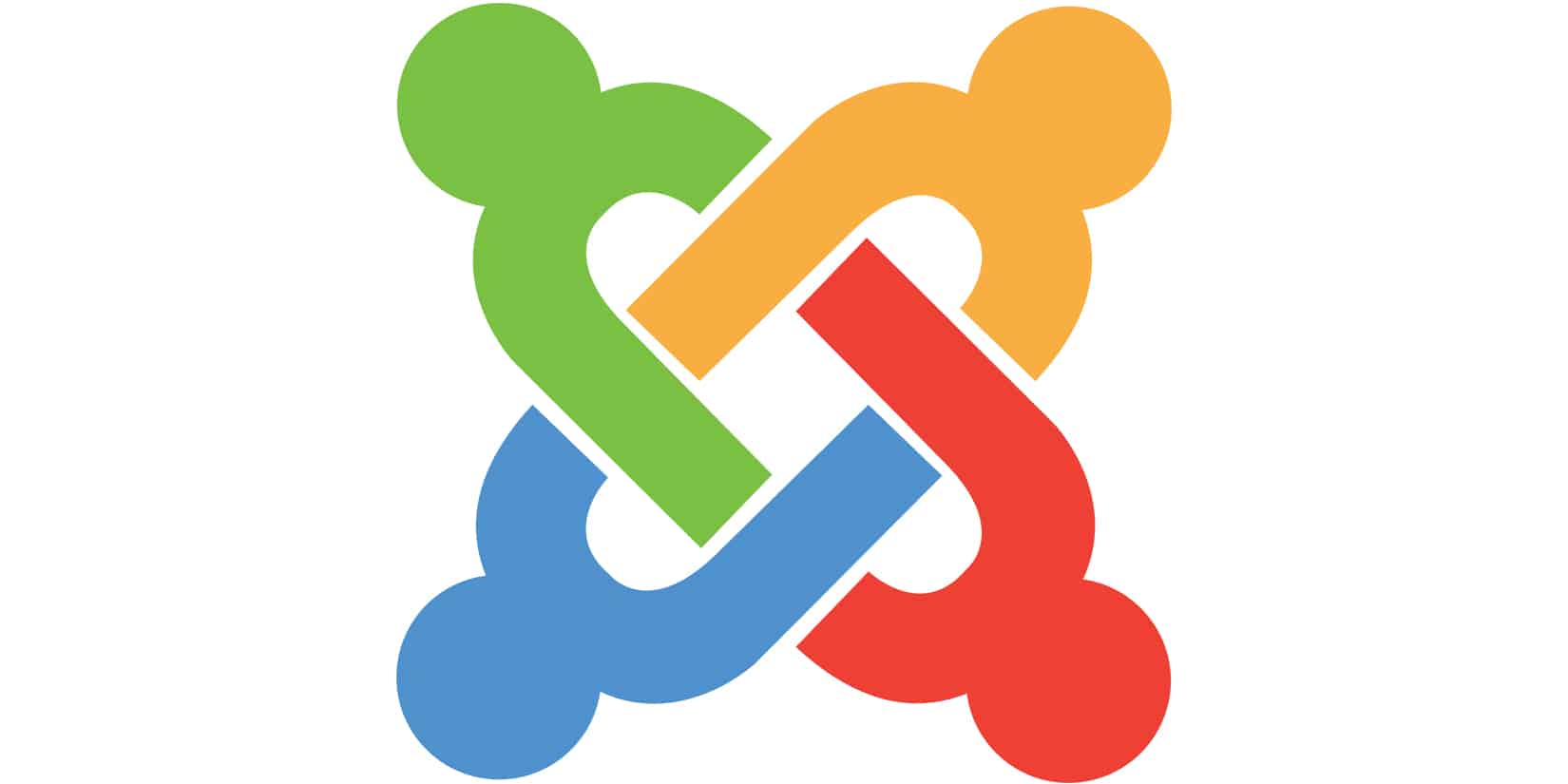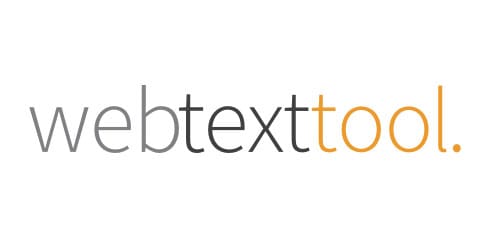I think there should be options on printers to scan at the same time you are printing, especially for network printers. The printers should evolve into multi-function multi-use systems, such as multi-instance options to use multiple functions of the technology while the printer is running.
There could be a technology that allows you to change ink cartridges while the printer is running, for high availability machines – such as having ink or toner or wax feeding systems that can take in multiple cartridges, so you can change cartridges while the machine is running, and it expels the used cartridges into a trash bin.
The technologies could also scan printed pages, and adjust the systems based on the print quality, such as detecting when image drums are dirty, or print heads are dirty, and basically interrupt the printing, and clean the systems, or request new replacement parts.
I need a printer that also scans large format, and prints on up to 13” x 19”, with the bigger ink sets, as well. I need it to scan on both sides.
I need a normal size printer that prints faster than the current printer I have, that also accepts card stock in the regular paper feed, and prints of multiple different types of papers. It could detect the type of paper automatically, such as detecting the Lumosity of the paper based on how shinny it is based on a light sensor shined on it.
Other printer options could staple, in multiple configurations. There should be large inkjet systems as well as large toner printing systems that do these types of functions, in addition to sorting, collating, and binding, as well as automatic cutting and folding – such as systems that automatically cut out business cards, systems that automatically fold brochures, and systems that automatically cut and fold different types of rack cards, or postcards, or greeting cards, or holiday cards. And systems that have multiple types of binding systems, that can make booklets, or at least make the punches in the papers based on different types of binding supplies.
There should also be printers with different types of printing technologies, such as wax printing with inkjet printing, such as printing something in wax and then super-imposing an ink print of what appears to be handwriting or some other type of writing such as a signature.
There should be printing technologies that use systems such as strokes, using inkjets, such as pins that stroke like pen writing, so it appears real like it was hand written. These systems should be able to detect the pressure, angle, and other characteristics of the pen / pencil, or multiple types of pens or pencils used, to recreate the print with accuracy based on reading the type of medium that was used to create the original.
There could also be 3d printing combinations with inkjet, wax, or toner. This could be 3d printing to create objects that are printed on, or 3d printing objects, such as wax seals, on regular prints such as paper or letters.
There should also be printing systems that can create braille, or other types of coded messages, such as 3d printing of code, on top of business cards, or other medias.
There should be a printer that can print directly on CDs, as part of a normal feed process, or a special tray that pops out. This could be a wax printer, so it can print over normal CD-R / DVD-R, or other types of media, including mini media, such as mini-CDs and mini DVDs. This system could also produce the CDs or DVDs with burning technology.
There could be printers that create watermarks, or insert filaments, such as those that are inserted into the paper that is used to create our money in the U.S. – while not specifically for this reason. The uses could be for printing special types of Christmas cards, or something else like that along those lines.
There should be better apps and document integration into printers.
There should be printers with hard drives that store the documents that have been printed, what has been scanned, and what has been created with the printer / scanner on the system. This may be useful, not only for expanding the capabilities of the printers, but also to allow the government to eavesdrop on the printers.
There could be security messages displayed when people try to copy money, and/or send notices to the U.S. Secret Service, and it could be determined based on the denomination, the serial number of the bill, and the quantity or action that was intended to be copied or produced – i.e. just scanning it for artwork, or trying to duplicate the money, and also, they could automatically be placed under surveillance to monitor for other activities that attempt to pursue avenues of counterfeiting.
There could be systems integrated into printers, that link with computing systems, that manage jobs and allow customer interaction, beyond the systems that exist at Staples currently. Examples of this would be the ability to fax over the Internet through the copiers, the ability to produce jobs based on input into one of the systems – such as sending the job to a bigger printer on the premises, or sending it to a printing facility offsite. It could also store copies of the intelligence gathered by scans, copies, or printing, on a server, that the Government could analyze to determine threats, or politics, or other types of productions of protective intelligence by the public, such as identifying intelligence leaks in the public, or tracking what public officials print or produce on public machines, such as to identify leaks from the government – i.e. faxes sent from public systems to the Media.
There could be technology that intercepts and interrupts faxes with specific keywords being transmitted in the faxes, based on the machines being connected to the Internet, and having an Internet faxing protocol, that uses phone lines located close to the destination, to send the faxes, and have the return number still on the fax, and the traffic would go over the Internet, and it would be secure in the sense that Classified materials would not be allowed to be transmitted or received by public and/or private industry fax machines, because the Internet and the devices would protect against the transmission and receipt of such information. As such, even if only one of the systems had the screening technology, it would still block the transmission.
There could also be firewalls that block certain faxes, based on numbers, or based on content of the faxes. This could be done after the fact, as the system analyzes the intelligence conveyed by the fax after it has been received. Also, the systems could intelligently convey what the fax is about, such as a subject matter, before it is viewed, such as in the instances of lawyer’s offices.
There is the possibility that copy machines, printers, and fax machines, just like e-mail and Internet traffic, could be abused by hackers. There should be technologies that block from these types of attacks. Ultimately, it may take a major hack of fax machines or copy machines or printers to create a need for more security in the devices and systems that they rely on, or that they are built on, or that run on them, in order to have better security over the devices.
